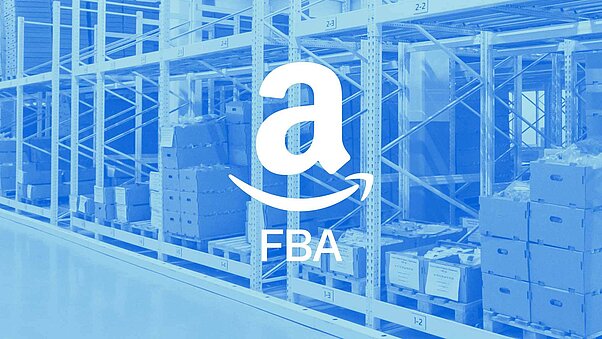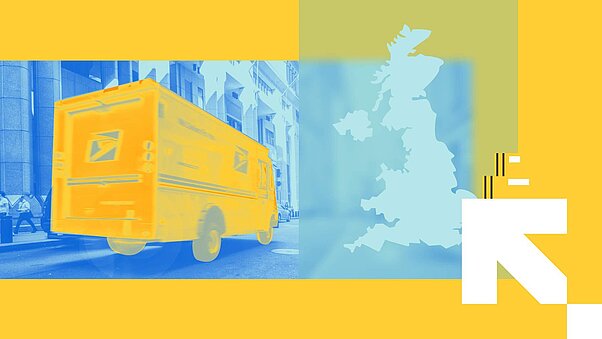LOT number explained: definition, key terms and practical examples
In fulfilment and logistics, small combinations of numbers and letters play a major role. LOT numbers, batch numbers, best before dates, and use by dates are the key to traceability, quality assurance, and smooth product flows.
Understanding these codes and using them correctly improves efficiency, prevents chaos during recalls, and ensures transparency across the entire supply chain. This article explains what LOT and batch numbers mean, how they differ from best before dates and serial numbers, and why professional LOT tracking is essential in fulfilment.
What is a LOT number?
A LOT number is a unique identifier for a specific production batch. It refers to a defined quantity of products made under the same production conditions, while in technical and pharmaceutical contexts the term batch number is commonly used.
LOT number and batch number essentially mean the same thing and can be used interchangeably!
A LOT number makes it possible to assign products to a specific production unit. This is particularly important when several batches of the same product are produced on the same day or when a manufacturer operates multiple production lines. The number is not only used for documentation but also forms the foundation of traceability and quality management.
- The format of a LOT number is not standardised and depends entirely on the manufacturer. Some companies use only the production date as the LOT number, while others combine the date with an additional letter or code to indicate the production line, shift or sub-batch. Detailed examples are provided further below.
Breaking down a LOT number:

Examples of some of the most common types of LOT numbers:
- Pure date format: 20230815
- Date with additional letter: 20230815A
- Sequential internal batch number: L456789
- Combination of year, calendar week and internal plant code: 23W32B
- Mixed format with various internal codes: AB23-0815X
Key terms and their differences
Anyone working with products in fulfilment and logistics quickly encounters a range of codes and numbers. To avoid confusion, it is worth looking at the most important terms and how they differ.
- LOT / Batch: Two different terms for the same purpose, the identification of a production batch.
- Best before date (BBD): Indicates the period until which a product remains safe to consume under the intended storage conditions. Common in food and cosmetics.
- Use by date (EXP): The expiry date. Frequently used in the pharmaceutical sector, it marks the point after which a product must no longer be used.
- Serial number: Unlike a batch or LOT number, it identifies a single specific product. Each unit has its own serial number.
- SKU (Stock Keeping Unit): An internal product code used for stock management. Learn everything about SKUs here!
In practice these details often appear together on packaging and complement each other. While best before and use by dates indicate shelf life, the LOT or batch number allows the identification of an entire production batch. The serial number, on the other hand, is relevant when individual items need to be tracked.
Many units may carry the same LOT number and share the same best before or use by date, but each serial number is unique. In logistics it is crucial to understand these differences. Confusing LOT numbers with shelf life dates or serial numbers can lead to errors in storage, shipping or even recall processes.
Quick overview:
| Begriff | Bedeutung | Beispiel |
|---|---|---|
| LOT / Batch | Identification of a production batch | LOT 20230815A |
| Best before date (BBD) | Indicates how long a product remains safe | 15/08/2024 |
| Use by date (EXP) | Expiry date, often in pharmaceuticals | EXP 08/2024 |
| Serial number | Unique ID for an individual item | SN 123456789 |
| Stock Keeping Unit (SKU) | Internal stock keeping unit for warehouse use | SKU-001245-BLACK |
The advantages of LOT tracking
- Assigning and consistently using LOT numbers is one of the key foundations for safety and efficiency in logistics. With accurate LOT tracking, products can always be traced back clearly if quality issues arise or a recall becomes necessary. Instead of withdrawing the entire inventory, a manufacturer can block only the affected batches.
- LOT tracking is also essential for quality management. Companies can document when, where and under which conditions a batch was produced. This makes it easier to identify sources of error and improve production processes.
- In logistics, batch tracking is equally indispensable. LOT numbers make it possible to control product flows and organise stock precisely. Especially for products with a limited shelf life, reliable tracking enables strategies such as FEFO (First Expired First Out). This ensures that items with the earliest expiry date are shipped first, preventing waste and unnecessary losses.
As a fulfilment provider, we work with LOT numbers every day and understand how important seamless tracking is. It forms the basis for efficient warehouse processes, product safety and cost-effective logistics. Learn more about our comprehensive fulfilment services here.
Practical examples of LOT numbers in use
The importance of LOT numbers becomes clear when looking at different industries. In the food sector, LOT numbers make targeted recalls possible. If, for example, a batch of yoghurt or chocolate is contaminated, only the affected products can be recalled instead of the entire range. In pharmaceuticals, batch tracking is mandatory.
Here are some examples of products with LOT numbers:
- Food: Yoghurt cup
LOT: 20230815A
Best before date: 15/02/2024
This LOT number indicates the production date of 15 August 2023, and the letter A identifies the production line. If a batch is compromised, for instance due to bacterial contamination, the manufacturer can recall exactly these cups. The best before date tells consumers how long the product is safe to eat, while the LOT number ensures traceability for the manufacturer.
- Pharmaceuticals: Painkillers
LOT: L456789
Use by date (EXP): 08/2025
The number L456789 represents a clearly assigned production batch. The use by date indicates when the product expires. If a quality issue is later identified in this batch, the recall can be restricted precisely to these packs.
- Cosmetics: Shower gel
LOT: 23W32B
Best before date: 08/2026
According to this LOT number, the product was manufactured in week 32 of 2023 on line B. If consumers report allergic reactions, the affected production series can be quickly and clearly identified.
- Beverages: Mineral water bottle
LOT: 150823-2
Best before date: 15/08/2025
This mineral water was bottled on 15 August 2023, and the “2” indicates the second bottling run on that day. The best before date shows a two-year shelf life. If contamination is discovered, only bottles from this second run need to be recalled, while other batches remain unaffected.
- Industry: Machine lubricant
LOT: AB23-0815X
Use by date (EXP): 08/2028
This more complex LOT number includes a plant code, the year 2023, the production date 15 August, and an internal code X. For industrial products with long shelf lives, a use by date is often included, in this case five years later. This format allows manufacturers to document production site, date and batch, ensuring traceability even years down the line.
Use of LOT numbers in fulfilment and logistics
We work with LOT numbers, best before dates and use by dates every day in our processes. From the moment goods are received, each batch is recorded and stored directly in Connector, our warehouse management and fulfillment software. This ensures that stock levels are always transparent and can be fully traced at any time.
When it comes to order picking, we follow clear strategies. For many clients and their products we apply FIFO – First In First Out, meaning that the items stored first are also dispatched first. For products with a limited shelf life such as food, pharmaceuticals or cosmetics, we also use FEFO – First Expired First Out. This ensures that the items with the earliest expiry date leave the warehouse first. In this way we reduce waste and make sure that end customers only receive fresh and safe goods.
- We integrate LOT numbers throughout every step of the workflow. They are scanned upon receipt of goods, documented in stock, and scanned again when leaving the warehouse. This guarantees complete traceability. By connecting to ERP and shop systems, the information is also available at any time to our partners and clients.
In the event of a recall we can target specific batches precisely, manage stock efficiently, and at the same time meet our clients’ requirements for quality and transparency.
Sources
What are SKUs? A Simple Guide: https://quivo.co/uk/what-does-sku-mean-stock-keeping-unit-definition/
E-Commerce Fulfilment Services: https://quivo.co/uk/ecommerce-fulfilment-services/
Logistics Software - The Connector: https://quivo.co/uk/connector/
Pictures: Canva, pixabay, Quivo © 2025







